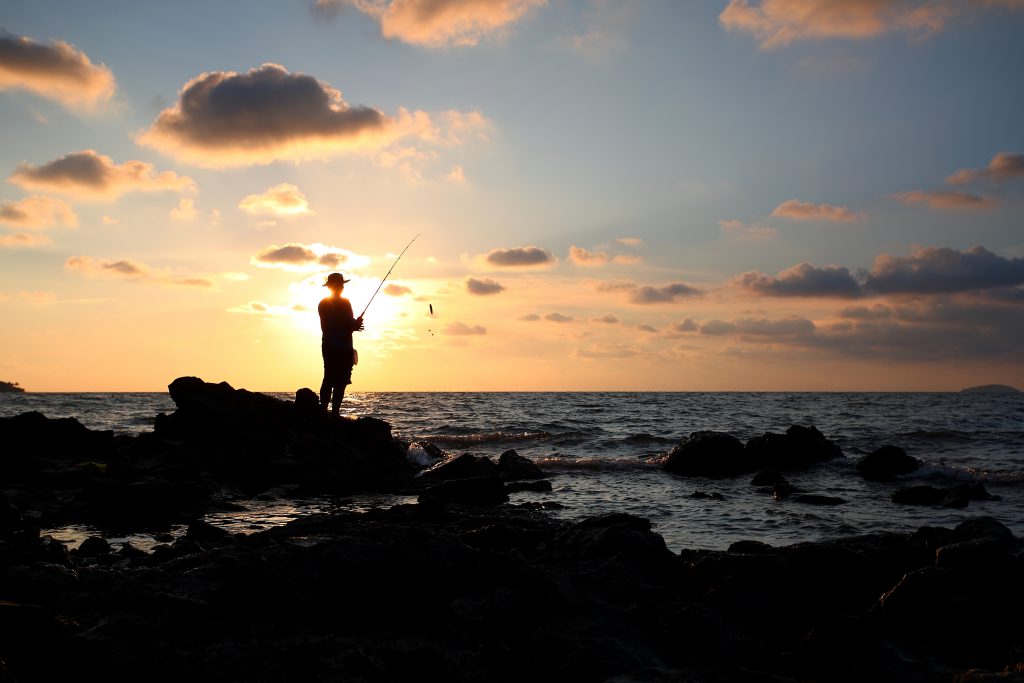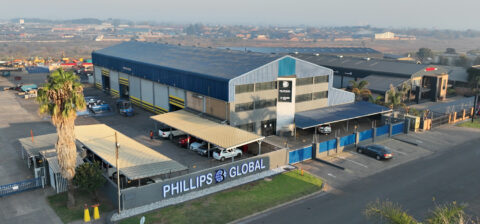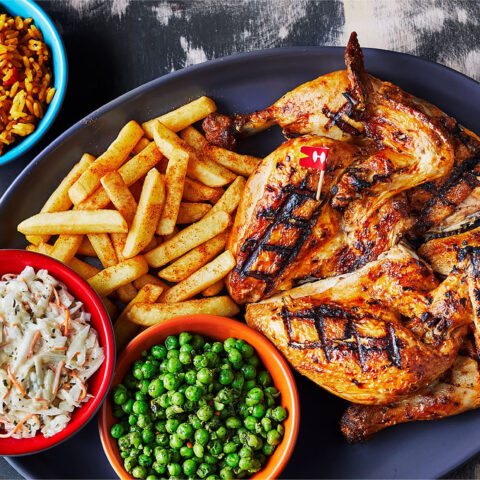Rock Surf & Deep
Catching Kob On Rockless Paddletails
Fishing for kob using soft baits has become very popular recently, however the cost of lost tackle and the rocky terrain have made it very difficult for the average angler.
Fishermen in the Eastern Cape and KwaZulu-Natal have been experimenting with different rigs from ideas stolen from the bass fraternity and their skill in catching bass in heavy cover using weedless rigs. The use of these has opened up areas that previously were unfishable.
Kob habitat
Although kob can be found in estuaries and in the deep sea, one of the most popular and most exciting ways of catching them is from the shore, either from the beach or rocks. They are ambush predators and like to use rough, discoloured water as well as structure to catch their prey. When fishing from beaches they will often feed close to submerged rocks. The closer to the rocks the better your chances are of finding feeding fish. Likewise with rock fishing. Where there is white water, especially with a bit of sand kicking up, is always a worthwhile place to target kob.
The rig
Using soft baits with traditional dropshot rigs in these areas is almost impossible as they tend to get stuck and break-offs are inevitable. Furthermore, anglers tend to retrieve their lures too fast and too high in the water to be in the “zone” in order not to lose any tackle. The rockless rig developed by Aubrey Da Gama Lures not only saves one from losing tackle, it also lets you get to the best spots for targeting big kob.
The first rig is a clip-on that can be attached to the end of a leader by a lure clip or tying a knot. In the event of breaking off (which is unavoidable as one invariably loses the leader), in order to rig up quickly, the trace rig is your next option. Instead of having to tie on a new leader you can just tie your braid or main line to the swivel of the trace rig and you are ready to go.
The second trace rig comprises a strong swim bait hook with a spring attached to it, onto which a paddletail is attached so that the hook is protected by the soft plastic body of the lure. A sliding sinker is put on to the trace in such a way that it protects the knot from banging against the rocks. This rig can be thrown on to reefs and pulled over rocks without getting stuck.
One should keep more trace rigs in the bag than clip-ons when fishing on or near rocks, as they are much easier to change. The trace rig also ensures a more secure hook-up because of the sliding sinker. Kob and garrick are known for their vigorous headshakes and with the clip-ons they can work the hook loose.
Paddletails
All these baits are pre-rigged for instant fishing using various stiles and lengths of paddletails. The hooks are rigged so that they lie flat on the back of the paddletail, however when the terrain is very rocky, one merely embeds the point of the hook into the bait. It is advisable to keep a spare paddletail handy as they become a bit tatty after a while and by screwing a new one on to the spring, you can use the rig over and over again.
The results
The final product is as a result of lots of testing and trial and error and has been tested from Plettenberg Bay to the northern Transkei with amazing results. Fish are being caught in rocky areas where previously only bait fishermen could fish. On the low tide one can throw these on to a dry reef and pull them off. What you will find is that the kob sometimes sit tight against the rocks. In the surf paddletails are being used in preference to spoons and, as they give off more vibrations, they are catching more fish. Furthermore, because of the heavier sinkers and the better aerodynamics with the hook being hidden, far better distance is possible.
The range
The most common combinations are listed below and cater for most spinning outfits, however many different combinations are possible. Contrary to popular belief, colour is not as important as action and getting into the right water when it comes to targeting kob.
1oz sinker with 4” paddletail on 5.0 hook
1.5oz sinker with 5” paddletail on 6.0 hook
2oz sinker with 5” paddletail on 6.0 hook
3oz sinker with 6” paddletail on 7.0 hook
Tackle
The size of rod and reel you use is determined by the weight of the rig you are casting. The following table will give you an idea of what is required.
With little effort you should be able to throw a 2oz rig using 8 weave 30lb braid on a 10.6ft rod 80m without any wind.
As most fish are caught in the mouth, these lures are conducive to releasing fish, which we strongly recommend.
Email info@aubreydagamalures.co.za for enquiries.






 Sign-up and receive the Business Media MAGS newsletter OR SA Mining newsletter straight to your inbox.
Sign-up and receive the Business Media MAGS newsletter OR SA Mining newsletter straight to your inbox.